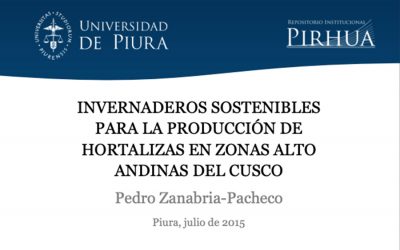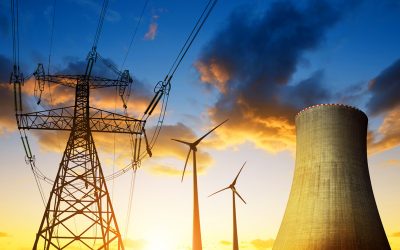Mag. Alexander Zanabria
Abstract
The Peruvian electricity system has its origin in the structural economic reforms implemented in 1992, with the enactment of the Electricity Concessions Law. As the policy objective at that time was to attract private investment and change the state preponderance, the state’s participation was limited to supervising and regulating, eliminating state monopolies, segmenting the market into three activities (generation, transmission and distribution), and regulating the concessions, authorizations, obligations and rights of the agents of the sector. In 2006, the Law was enacted to develop the efficient development of electricity generation, which introduces 3 substantial reforms: (i) It introduces the auction as a public tender process for the supply of electricity under competitive conditions, which will make possible the subscription of long contracts; (ii) a regulatory framework for transmission is indicated, indicating a 30-year term with stable remuneration based on BOOT contracts (Build, OWN, Operate and Transfer), and (iii) the institutional reform of the COES, where it is established that all the agents of the sector would be members of the COES, represented in an assembly, which provides transparency to the actions of the system operator. This regulatory evolution of the Peruvian electricity sector meant that the current market model has the coordinating body of the wholesale market in the COES, which uses an economic criterion to meet its objectives, since, as a result of the different ways of generating electricity, they originate different variable costs. Therefore, the short-term system is organized through economic efficiency, that is, the most efficient combination of power plants is used to supply demand, to finally operate at marginal costs, through minimum costs. In this model, all generators sell energy through a system of hourly auctions directed by the COES, who, through a balance between the supply and demand of electricity, has the necessary amount of energy to be auctioned.
A small part of the national energy system is made up of generation through renewable sources (hereinafter RER), since the legislative decree that promotes investment for the generation of electricity with the use of renewable energies came into force (2008), The participation of RER sources maintains a slow growth, even more so if only with the entry into operation of the first solar plants in 2012 data on participation in the Peruvian electricity system are recorded, and in 2012 the RER represented 0.16% of the total energy produced. Later in 2014, with the start of operation of the wind power plants, renewable sources represented 1.09% of the total. At the end of 2019, RERs represent 4.55% of the energy produced without counting small hydroelectric plants.
THE PERUVIAN ELECTRICITY MARKET AND THE PARTICIPATION OF RENEWABLE ENERGIES. Download
Source: Habitat Verde
https://habitatverde.pe/una-mirada-al-mercado-electrico-peruano-participacion-de-las-energias-renovables-y-propuesta-de-mejora-regulatoria-2/
Language: Español



